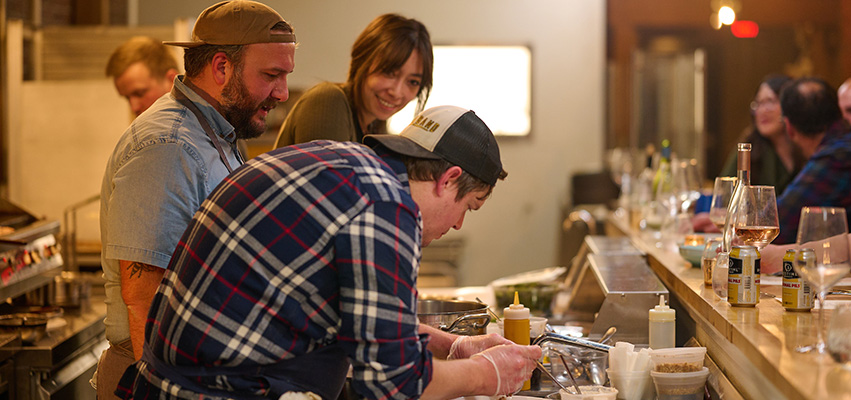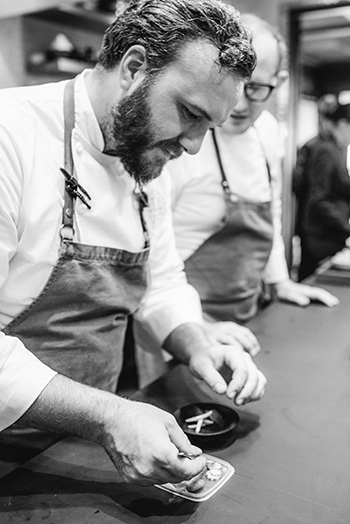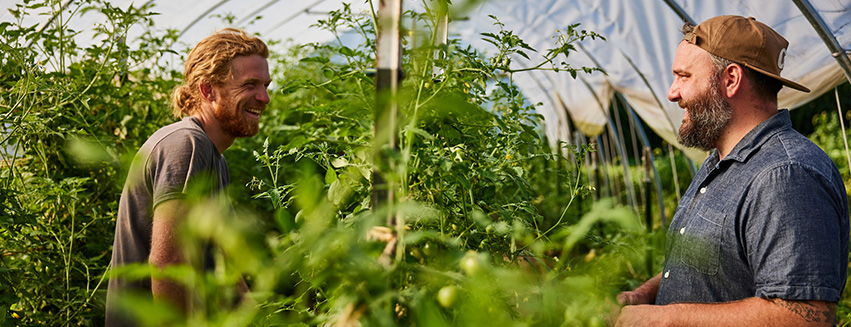
The idea of driving a half-ton pickup truck onto a frozen lake seems impractical and slightly terrifying. Imagine pulling onto that lake and setting up a heater to stay warm, then drilling a hole the size of your hopes and dipping a tiny fishing pole into the cold abyss. Fishing on such thin ice sounds like you might just become fish food.
The world of restaurants has always been on thin ice, with a small hope of catching a profit and a bigger hope of creating a memorable experience for everyone involved.
When COVID-19 arrived in 2020 and really took off in March of that year, restaurant owners started seeing the ice melt underneath their feet. Many fell through.

Two years ago, I was in Nashville helping a famous chef, Sean Brock, open three restaurants. One was a fast, casual spot that could easily pivot to takeout. Two were under construction.
As with many restaurants, profits began to be eaten up by third-party delivery services such as Uber Eats and Postmates, which charged crazy percentages, eliminating an already slim profit margin. Owners had to use these services to be competitive as they fought vigorously to keep their doors open and their people employed and fully paid, often to the detriment of their own financial well-being.
I’ll never forget all the meetings to discuss strategies just to keep going. The stress was almost overwhelming, and I wasn’t even the owner. Meanwhile, leaders in the culinary world strained to keep their employees and customers safe, as well. One thing I know: Food and beverage professionals are “get it done” people. They are some of the most creative, caring and resilient people I have ever had the pleasure to be around.
Fast forward a year. Now we have severe staff and material shortages. The cost of something as basic as fryer oil has tripled. Gloves used for food safety are well over $150 per case. It has been curveball after curveball, and the restaurant industry has been pelted and bruised. The ice is so thin, you can see all the fish swimming under your feet, but you don’t have the tools to make the catch. People are hungry and the demand is there, but restaurants struggle to meet that demand.
Yet, many restaurant owners are afraid to increase prices. The idea of losing a single customer shakes us to the bone. Costs soar, menu prices remain the same, profits are not in sight.
As a chef of 16 years who has been through six restaurant openings, I now realize, through the lens of COVID, that this industry, as it is, cannot stand.
First, food and beverage workers can hold their heads high as they refuse to be trampled. They deserve good wages and health insurance. COVID slowed life down so much that many, myself included, realized what we have been missing. The price we pay to succeed is too high. That price is time and health. The pandemic refocused people’s priorities. The priority now is self-care and self-respect.
Second, the economics of restaurants are broken. Costs are too high and meal prices are too low. How can restaurant owners provide living wages and health insurance while absorbing wild cost increases? It is not sustainable.

Photo by Jeffery Noble
While the risk-to-reward ratio may not be in our favor at the moment, all is not hopeless. We saw some really brilliant business ideas come out of the pandemic, such as so-called “ghost kitchens,” which are basically takeout operations without storefronts. Technologies will be created that will revolutionize how food gets into the customer’s hands. They likely will include more automation and enhanced utilization of QR codes. Apps such as Gigpro could help with staffing issues.
If members of the dining public can put themselves in our shoes, and if the industry can continue to evolve with new priorities and practices, I believe that restaurants can again thrive.
Joshua Lanning is a Peoria native and graduate of New York’s French Culinary Institute who has worked at some of the finest restaurants in the world, including SingleThread in northern California, Noma in Denmark and Sean Brock’s Nashville establishments. He returned to central Illinois with his family a year ago, and is the former executive chef of the Woolly Bugger in Spring Bay.

